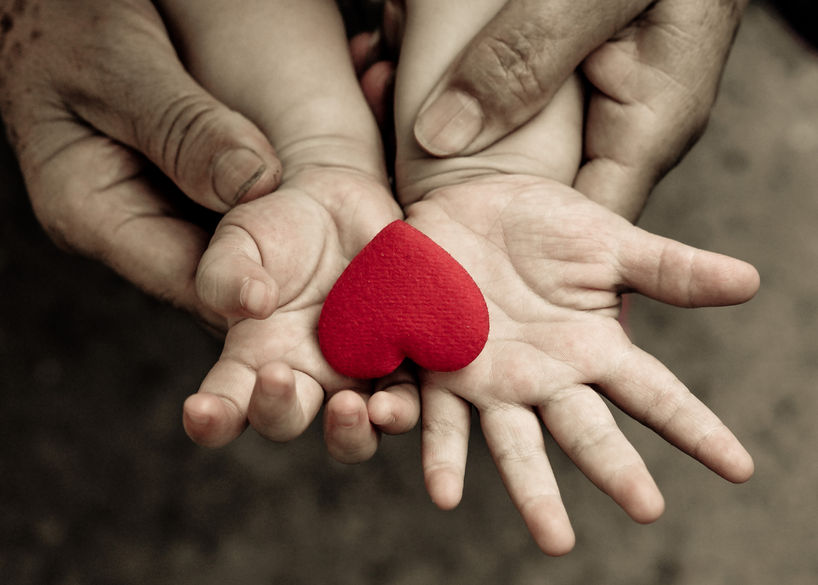Age discrimination in death…
By Kandi Smith
While that old cliche of “only the good die young” obviously isn’t true, as a society we do have a biased mindset that there is an acceptable age limit on death. Think about it. When a child or young adult gets diagnosed with a terminal illness our collective hearts break at the thought. Our wallets pop open almost of their own accord and we readily donate to causes like Make A Wish, an organization that — quite literally — grants the dying wishes of children.
Are you aware that there is also a little known dream granting non-profit organization for adults with terminal illnesses called the Dream Foundation? Before anyone cries foul, there is even a lesser known one for seniors, sponsored by Brookdale Senior Living in the US and Chartwell Retirement Residences in Canada, called Wish of a Lifetime (though clearly not quite the household name as the Make A Wish Foundation).
One Event Does Not A Lifetime Make
Don’t get me wrong, I’m not a heartless monster. I do see the need and fully understand the purpose of wish granting organizations for the terminally ill. When you see a life that is half lived — children that will never grow old enough to have their first date, adults that won’t live long enough to meet their first grandchild — you would have to be inhumane to not want to grant that individual something memorable, beyond expectation.
But, in reality, whether it’s a child or young adult, it is more than just a one time event. If your loved one had an x-number of days to live, it’s only natural to make every day, every moment count.
Spouses have been known to quit their jobs, extended family will often move closer and relocate their lives, all to spend as much time as possible with their too-young-to-die terminally diagnosed loved one. This isn’t a bad thing; on the contrary, this is a fantastic thing. This is the right thing.
After all, you would — hopefully — want to make as many powerful and eventful memories as possible in the time they are given. You would want to squeeze every last possible drop of life’s experiences, while that life is still theirs to live.
Why Not Our Seniors?
Yet, once you have grey hair or use a cane or move into assisted living, your end-of-life eventful memories are reduced to bingo for candy bars and Salisbury steak night in the dining room. Talk about unfair! Are these not their final moments too? Is this not the time of life that they should be relishing every second and cherishing every minute — having meaningful, unforgettable moments while spending time with loved ones?
AssistedLivingFacilities.org has a section that talks about Visitors. They specifically mention the CDC 2010 National Survey of Residential Care Facilities statistics related to resident visitations:
-
90% of residents receive a visit from outside parties once a month
-
60% receive a visit once a week
-
11% receive a visit once a day
These statistics sound almost positive when we consider it’s senior living. Now for the reality check . . . think about if those statistics were the same for a terminally ill child or young adult.
Seriously . . . what if only 11% of terminally ill children or young adults received a visit from a family member once a day? Not quite as impressive anymore, is it? However, that is the day-to-day reality of our residents.
If it were a child facing the last few years of life in a special home for the terminally ill, this type of support — or lack thereof — would be considered all but criminal.
Death Does Not Discriminate. People Do.
Sooner or later, the end is coming for all of us. Life itself is a terminal illness that none of us will get out of alive — true story. Be it cancer, car accident or old age, we will all meet our end eventually.
This is what makes being human so powerful and so precious. We do not have an infinite number of days to make our mark.
If it were our child or our spouse that was given a set number of days, weeks or months to live, we would move mountains to extend the time we get to spend with them. Our residents deserve no less. We need to be focused on creating those special moments almost to the point of forcing family and resident interactions. When you look at the CDC numbers above . . . it is clear we can do better.







